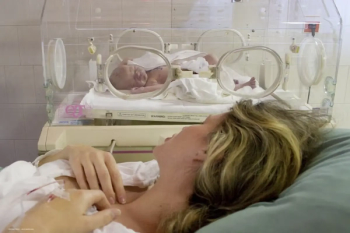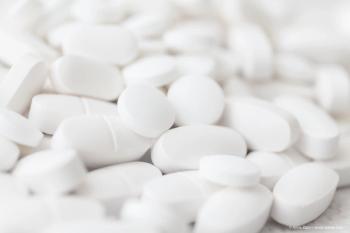
AAO 2025: Ken Beckman discusses trial demonstrating safety and efficacy of epithelium-on CXL
A study shows enhanced safety and efficacy in epi-on cross-linking for keratoconus, utilizing oxygen-rich boost goggles during treatment.
Ken Beckman, MD, FACS, a corneal specialist and clinical assistant professor at The Ohio State University, in Columbus, Ohio, US, presented an approach to keratoconus treatment through an innovative cross-linking procedure at the 2025 American Academy of Ophthalmology meeting held in Orlando, Florida, US.
The study explores a novel technique that not only improves corneal structural integrity but also significantly reduces the risks associated with traditional cross-linking methods, promising a safer and more effective treatment option.
Note: The following conversation has been lightly edited for clarity.
Ophthalmology Times Europe: Can you speak to the importance of oxygen in the procedure?
Ken Beckman, MD, FACS: To perform efficient, aerobic cross-linking, we need 3 components. We need the riboflavin, we need light, and we need oxygen. There has to be a sufficient oxygen concentration within the corneal stroma to have efficient, aerobic cross-linking. The minute the light turns on, oxygen would ordinarily be depleted down to almost zero. So the dilemma that we have with epi-on is getting oxygen into the tissue. So for this study, patients were provided with a pair of goggles that they wore, and within the goggle chamber, oxygen was pumped in so that the oxygen concentration was greater than 90% in that chamber. So therefore having that high concentration allowed us to maintain a sufficient oxygen concentration within the stroma and have an aerobic, efficient, cross-linking process during the entire treatment.
OTE: What were the key efficacy outcomes observed in this Phase 3 trial for epithelium-on corneal cross-linking, and how did they compare to the sham/placebo group?
Beckman: In the phase three trial, there were 2 groups. There was the sham group and the treatment group at a 2-to-1 ratio of treatment to sham. The primary outcome measure was a 1-diopter difference in K max, or the steepest K reading on pentacam topography. The treatment group had a half-diopter flattening, and the sham group had a half-diopter steepening at the end of 12 months. So we did find the full 1-diopter delta between the 2 groups.
OTE: How did the safety profile of epithelium-on CXL in this multi-center trial compare with traditional epithelium-off approaches, particularly regarding post-procedure complications and patient recovery?
Beckman: The safety profile was excellent in this study. Typically, with epi-off, there are a number of risks that you have to deal with. First, there's patient discomfort with the procedure. Then there's the risk of infection because of the epithelial defect. There's any contact lens related complications. There's delayed wound healing, scarring, haze, and delayed visual recovery. With this procedure, there were no serious adverse events. All of the adverse events were minor. They included things like irritation and SPK, but nothing serious. So it was very well tolerated.
OTE: Based on the trial results, which patient populations or stages of keratoconus might benefit most from epithelium-on CXL, and how might this influence clinical decision-making?
Beckman: Based on these results, really, any patient with keratoconus that would have been a cross-linking candidate would be with the epi-on. In fact, we may be able to even lower the threshold as to who we would treat because of the safety. While I'm not generally concerned about the cornea being too thin and treat most anyone anyway, I believe that now we can even go-to a thinner cornea with less concern. Then anyone who may have risks for surface disease, the fact that you're not removing the epithelium, just makes it that much safer for them.
Newsletter
Get the essential updates shaping the future of pharma manufacturing and compliance—subscribe today to Pharmaceutical Technology and never miss a breakthrough.













































